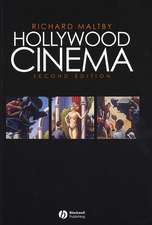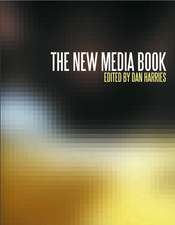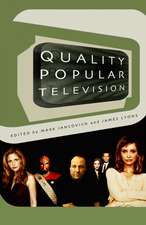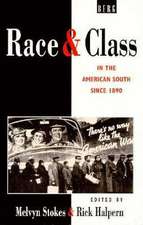Hollywood Spectatorship: Changing Perceptions of Cinema Audiences
Autor Melvyn Stokes, Richard Maltbyen Limba Engleză Paperback – mar 2001
Preț: 230.43 lei
Nou
Puncte Express: 346
Preț estimativ în valută:
44.09€ • 46.04$ • 36.41£
44.09€ • 46.04$ • 36.41£
Carte tipărită la comandă
Livrare economică 15-29 aprilie
Preluare comenzi: 021 569.72.76
Specificații
ISBN-13: 9780851708102
ISBN-10: 0851708102
Pagini: 168
Dimensiuni: 154 x 233 x 11 mm
Greutate: 0.33 kg
Ediția:2001
Editura: British Film Institute
Colecția British Film Institute
Locul publicării:London, United Kingdom
ISBN-10: 0851708102
Pagini: 168
Dimensiuni: 154 x 233 x 11 mm
Greutate: 0.33 kg
Ediția:2001
Editura: British Film Institute
Colecția British Film Institute
Locul publicării:London, United Kingdom
Cuprins
Introduction
historical
Hollywood
spectatorship,
Melvyn
Stokes.-
Part
One
Talking
pictures
the
reception
of
Hollywood:
writing
the
history
of
American
film
reception,
Janet
Staiger.-
genre
and
audience
genre
classifications
and
cultural
distinctions
in
the
mediation
of
'The
Silence
of
the
Lambs',
Mark
Jancovich.-
interpreting
'All
About
Eve'
a
study
in
historical
reception,
Martin
Shingler.-
the
fall
and
rise
of
'Fantasia',
Amy
M.
Davis.-
changing
perceptions
of
the
movies
American
catholics
debate
film
censorship,
Gregory
D.
Black.-
historical
spectatorship
around
and
about
Stanley
Kramer's
'On
the
Beach',
G.
Tom
Poe.
Part
Two
The
spectator
reviewed:
'Green
Like
Me',
Jane
Gaines.-
the
sonic
playground
Hollywood
cinema
and
its
listeners,
Gianluca
Sergi.-
the
contemporary
cinephile
film
collecting
in
the
post-video
era,
Barbara
Klinger.-
virtual
Hollywood
and
the
geneology
of
its
hyper-spectator,
Alain
J.J.
Cohen.
Textul de pe ultima copertă
This
is
an
examination
of
the
concepts
of
spectatorship
in
the
light
of
historical
accounts
of
audience
reception.
The
book
looks
at
how
audiences
have
historically
talked
about
Hollywood
movies,
and
the
ways
in
which
"word-of-mouth"
responses
have
affected
the
reception
of
individual
movies
and
Hollywood.
There
are
a
range
of
contributors
who
examine
many
different
issues
from
audience
and
promotional
discourses
to
the
issues
of
race
and
spectatorship.
The
book
also
discusses
the
role
of
the
modern
spectator
and
how
the
arrival
of
new
technologies
are
challenging
notions
of
the
spectator
and
reception.

















